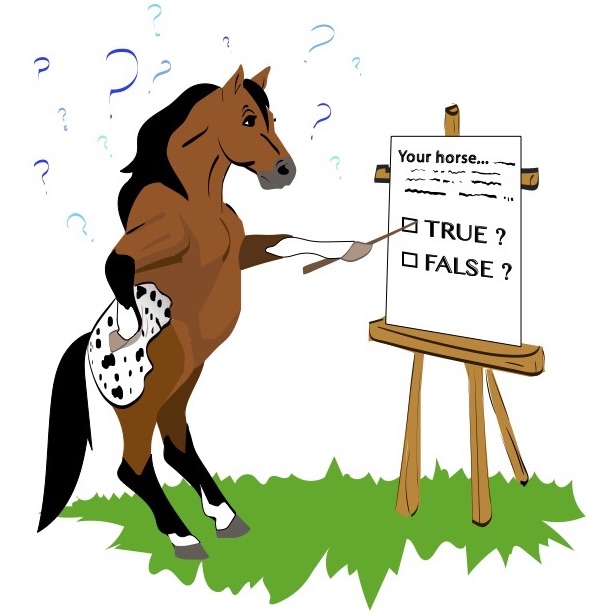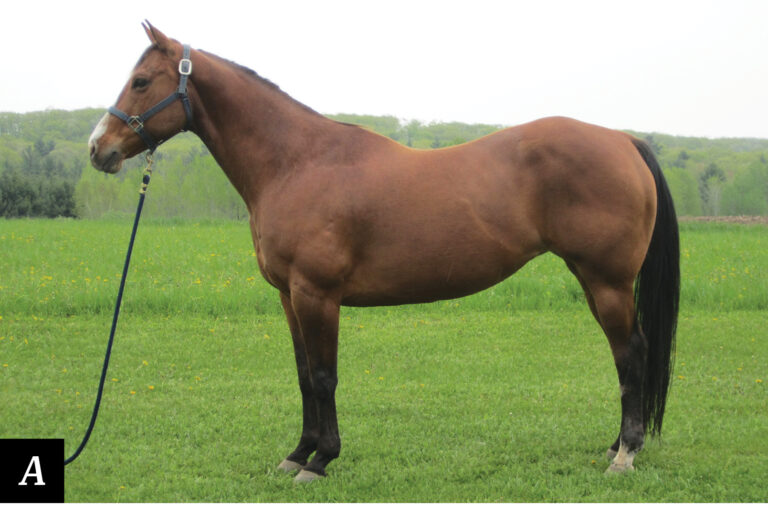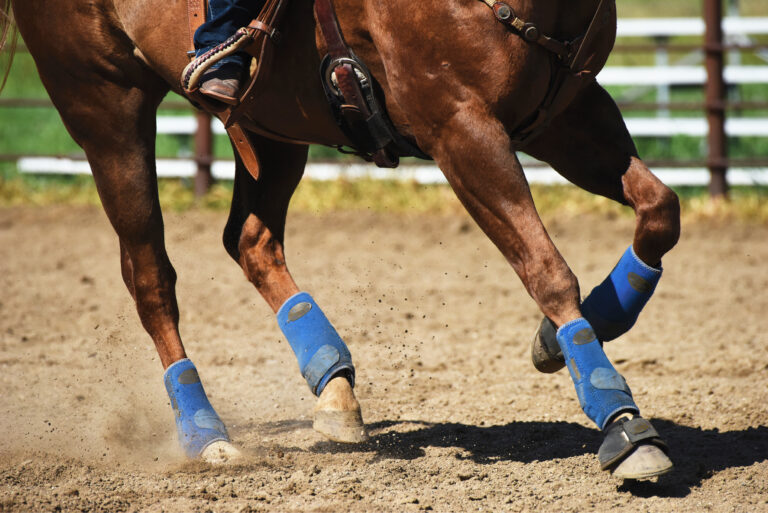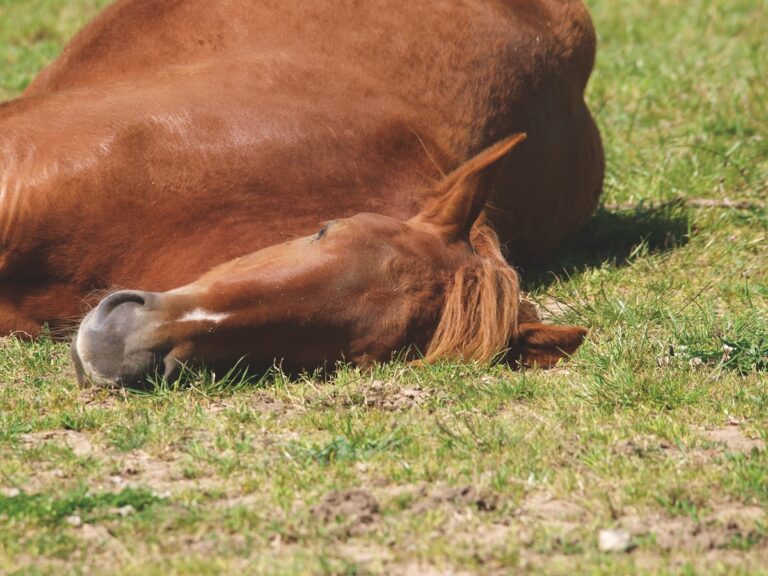
1. True or false: A “trickle feeder” is an herbivorous species (such as the horse) that tends to dribble feed out of its mouth as it chews.
T / F
2. Your horse’s stomach is unusual in that it is automatically bathed nearly constantly in…
A) bile.
B) swallowed saliva.
C) hydrochloric acid.
3. True or false: A slow-feed (small mesh) hay net mimics nature by preparing your horse for famine conditions.
T / F
[RELATED: Learn why Warwick Schiller uses slow-feed nets.]
4. Another way slow-feed hay nets benefit your horse is by…
A) reducing the anxiety that comes just before feeding time.
B) alleviating boredom, which helps prevent unwanted behaviors.
C) both A and B.
D) neither A nor B.
HOW’D YOU DO? (Answers below.)
Consider purchasing a slow-feed hay bag on Amazon! Try the Tough-1 square bale net, Weaver slow-feed bag, or Freedom Feeder full day slow feed net.
Products we feature have been selected by our editorial staff. If you make a purchase using the links included, we may earn a commission. For more information click here.
1. F is correct. Trickle feeders—such as horses—are species that evolved to eat a little at a time. By nature, horses will graze virtually 24/7, with periodic time-outs to rest. That means, ideally, they should have access to an almost continuous supply of small amounts of forage.
2. C is correct. Because horses evolved to graze nearly constantly on forage, their stomachs are continually secreting hydrochloric acid to digest what’s being eaten. Saliva, meanwhile, goes into the stomach from chewing feed, and because saliva contains bicarbonate, it buffers the acid. So a near-constant food source that requires a lot of chewing increases saliva, which helps reduce the risk of gastric ulcers. (Bile, by contrast, is produced by gallbladders, and horses don’t have those.)
3. F is correct, of course! Quite the opposite—these nets help create the near-constant eating pattern that’s most natural for horses. While a traditional hay net has mesh large enough for a horse to stick his muzzle in and get a big mouthful, slow-feed nets have mesh sizes typically between 1 3/8 inches to 1 5/8 inches. Such tiny openings necessitate nibble-feeding: The horse coaxes a stalk or two out with his lips, then grasps the stalks with his teeth and pulls them out with a quick, sideways motion that mimics the action of grazing. As a result, slow-feed nets create a more natural, healthful way for your horse to eat when you can’t run out to feed every hour.
[RELATED: Do’s and don’ts for installing slow-feed nets.]
4. C is correct. Slow feeding gives your horse something to do, which alleviates boredom, which in turn helps prevent or moderate unwanted behaviors such as cribbing, weaving, and stall- or paddock-walking. Also, horses that don’t fast for long periods between feed times are more relaxed overall, as they suffer less digestive discomfort and aren’t obsessing over food during the time between feedings.
Hey! Not already receiving H&R’s fun and informative newsletter? Sign up right now for The Ride. It’s free!






